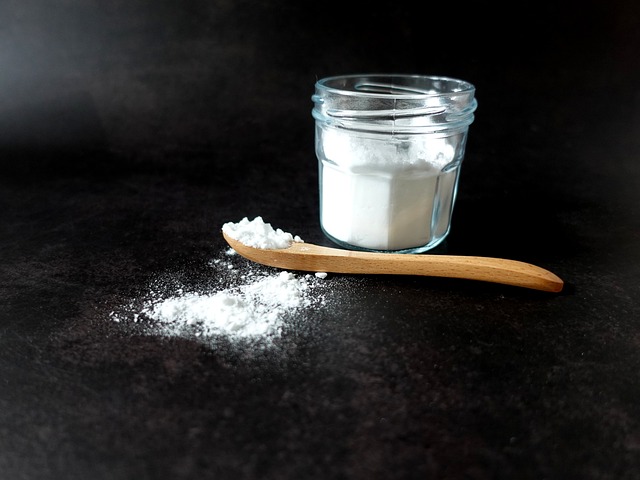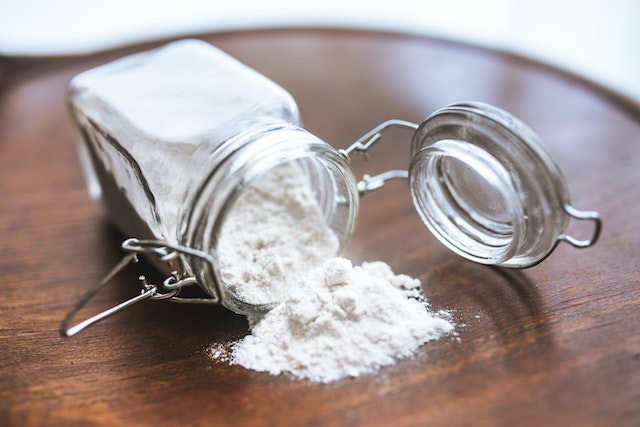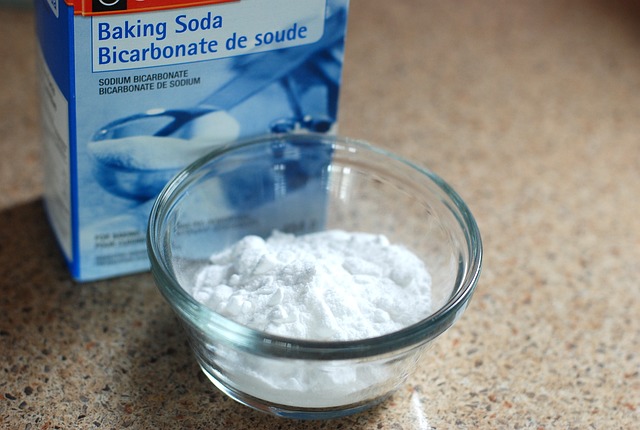What’s the difference between baking powder and bread soda? Here’s what you need to know to avoid messing up your recipe.
There are many questions surrounding bread soda and baking powder. After all, they sound and look the same, and both act as a leavening agent.
But the truth is, they are very different. Using one instead of another can be a catastrophic baking mistake.
Most home cooks and will make this mistake at least once, but learning from this mistake will prevent it in the future. Knowing which type to use, what they do, and how to substitute will make for a better home cook.
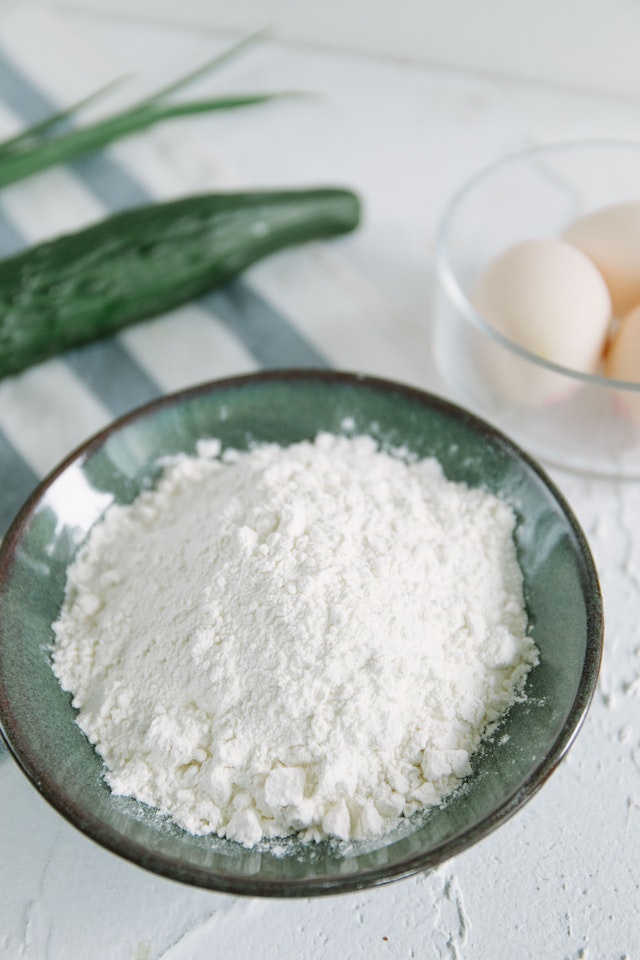
Baking powder is a leavening agent with a base, bread soda (sodium bicarbonate), and an acid (cream of tartar) already mixed in.
The base and the acid work together to make a reaction. That causes the baked items to rise.
Since the acid is already included in baking powder, it only needs moisture for the reaction to occur. Baking powder is also naturally gluten-free.
Double Acting vs. Single Acting Baking Powder
Most of the baking powder found in supermarket is double-acting. Double-acting baking powder means that the reaction happens twice.
The first reaction occurs as soon as the wet ingredients are mixed with the dry ingredients. The second leavening reaction takes place once the baking powder is heated.
A double-acting baking powder is easier to use since the batter or dough can sit out for a while before baking. Bakeries and restaurants prefer to use double-acting baking powder since the batter can be made one day and then baked the next.
Single-acting baking powder reacts only once, and it begins to leaven pretty quickly after it is hydrated. It needs to be immediately baked for the dough to leaven.
Single-acting baking powder is best for baked goods that need to react quickly. For example, a doughnut right before cooking in hot oil.
What is bread soda?
Bread soda, or sodium bicarbonate, is a base that needs to be mixed with an acid such as yogurt, lemon juice, or vinegar in order to leaven. That is why most baking recipes that have bread soda on the ingredients list will always have a type of acid.
Once this chemical reaction occurs, the batter or dough will rise. Bread soda is also three to four times stronger than baking powder since it is entirely made of sodium bicarbonate. It is best to use around ¼ teaspoon of bread soda per 120 grams of flour.
When to use each
Baking powder should be used when the recipe does not include an acidic ingredient, since it already includes an acid. On the other hand, bread soda should be used in recipes with acidic ingredients such as buttermilk, vinegar, or lemon juice.
If you leave out baking powder or bread soda in baked goods, the end result will be flat or dense.
Using the wrong leavening agent
If you accidentally add bread soda instead of baking powder to baked items, they won’t rise because there is not enough acid.
To fix this, add about one tablespoon of white or apple cider vinegar for every half teaspoon of bread soda to the liquids before mixing with the dry ingredients.
Using too much bread soda will cause the baked goods to have a soapy flavor and a metallic aftertaste.
If you use baking powder instead of bread soda, add a total of three times the amount of baking powder than the recipe recommends for bread soda to “fix” the mistake.
However, keep in mind that adding too much baking powder can cause the baked goods to taste bitter. The batter can also rise too quickly and then fall.
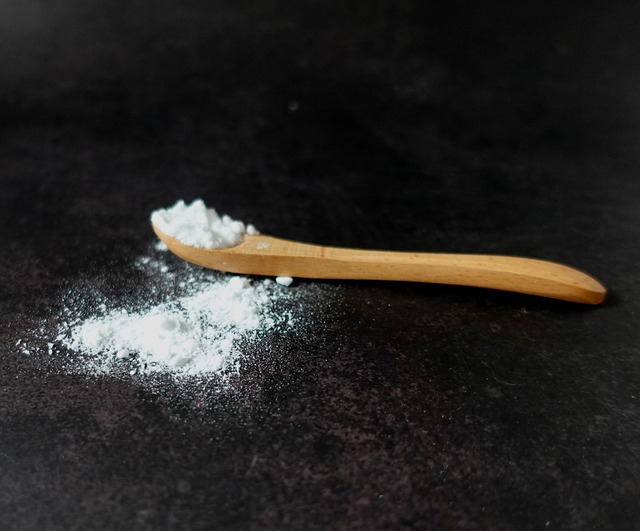
Storage
It’s best to store baking powder and bread soda in a dry, sealed container in the cupboard. Keep away from areas that have moisture, such as next to a sink or dishwasher.
Baking powder and bread soda go bad after about 6 months to two years, depending on whether the containers have been opened.
How can I tell if bread soda is still active?
To test if your bread soda is still active, add ¼ teaspoon of bread soda to 3 tablespoons of an acid such as vinegar or lemon juice. If there are bubbles, it’s still active.
How can I tell if baking powder is still active?
To test if baking powder is still active, add ½ teaspoon of baking powder to 1 tablespoon of hot water. If there are bubbles, it’s still active.
Can I use bread soda instead of baking powder?
To substitute for baking powder, mix two parts cream of tartar with one part bread soda.
Can I use baking powder instead of bread soda?
To substitute for bread soda, use three or four times as much baking powder. For example, 1 teaspoon of bread soda = 3 teaspoons of baking powder
